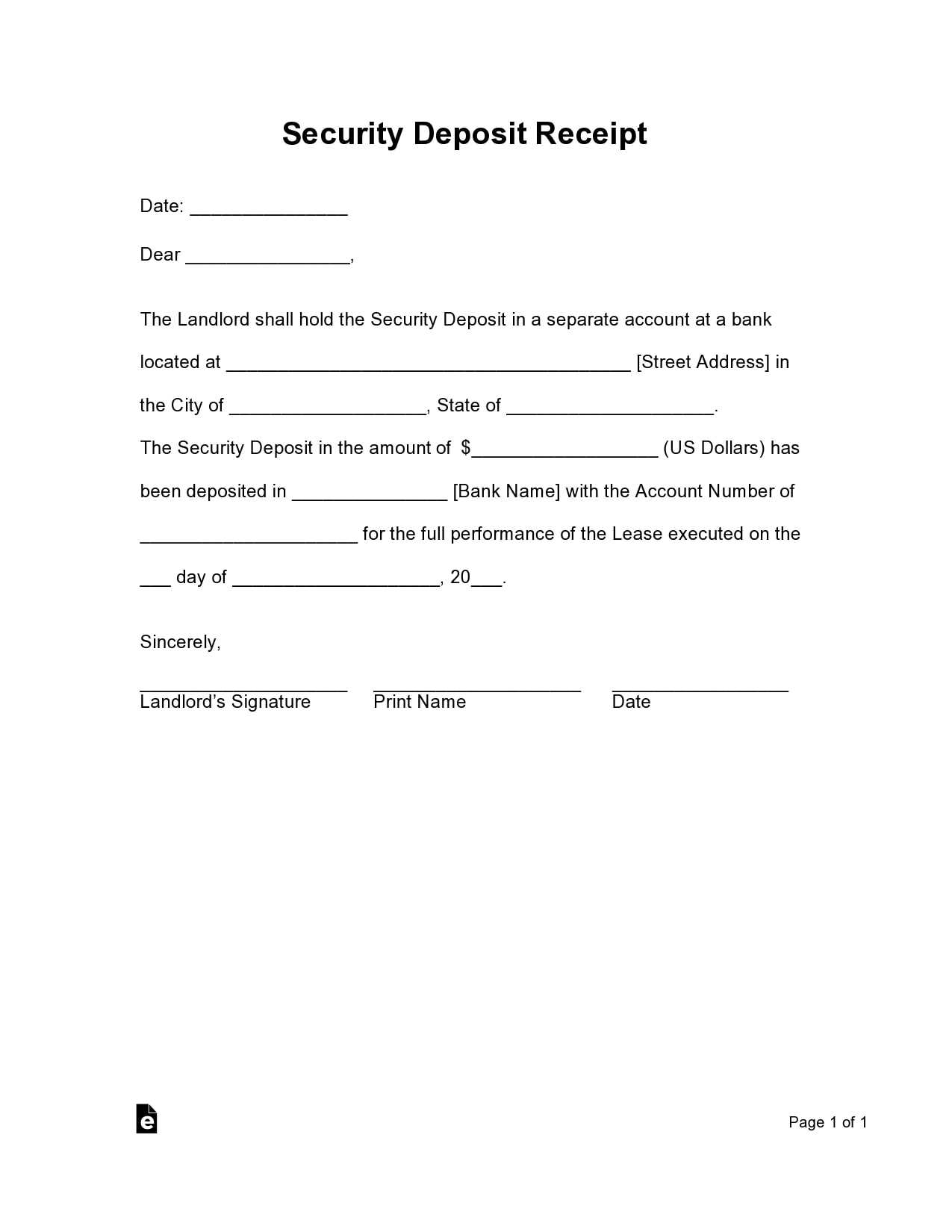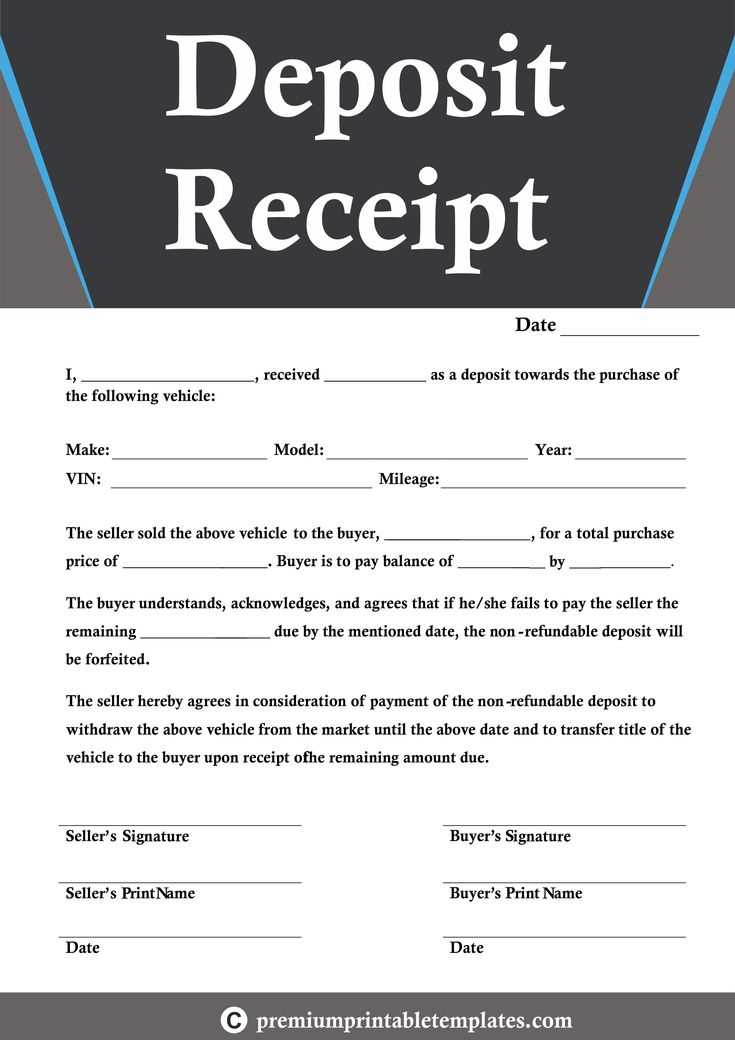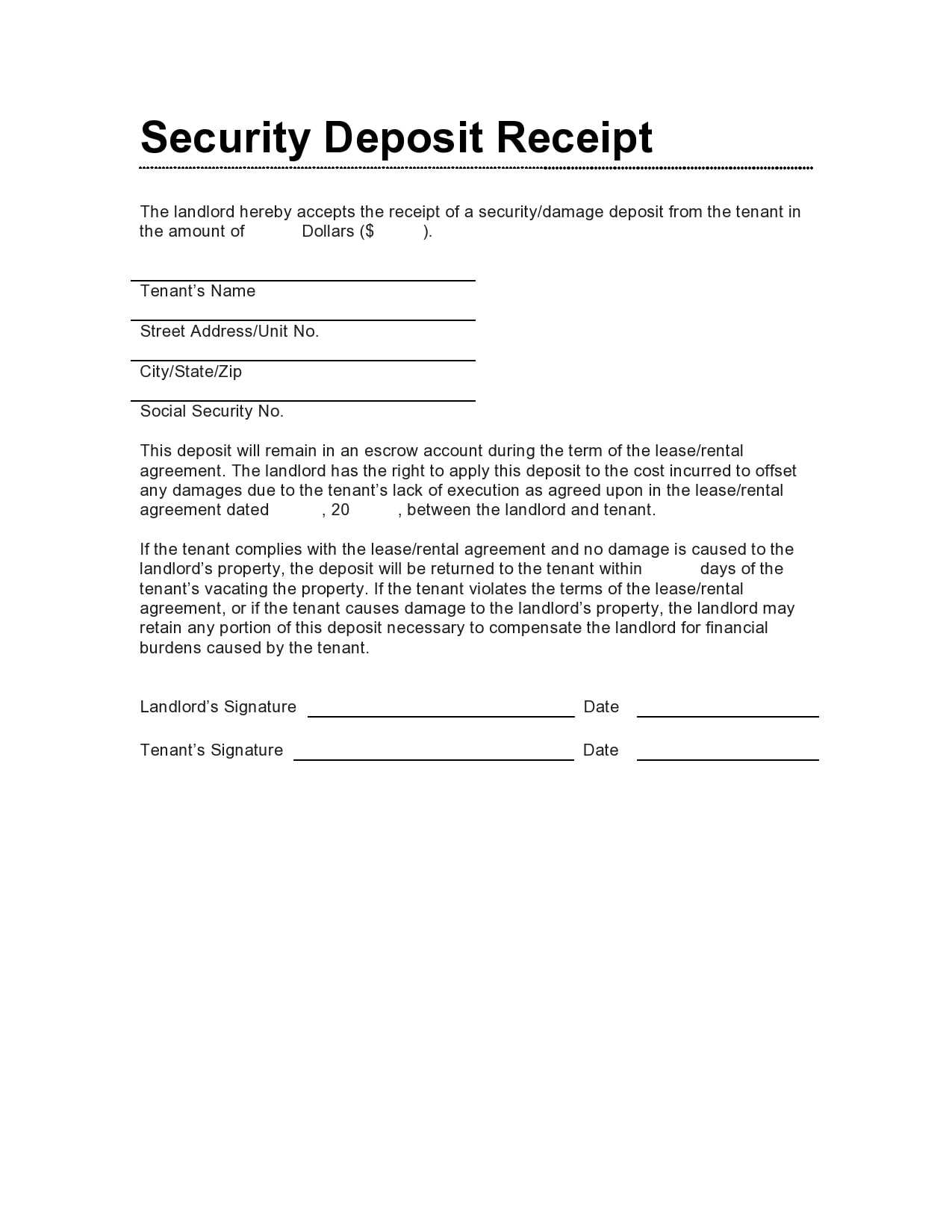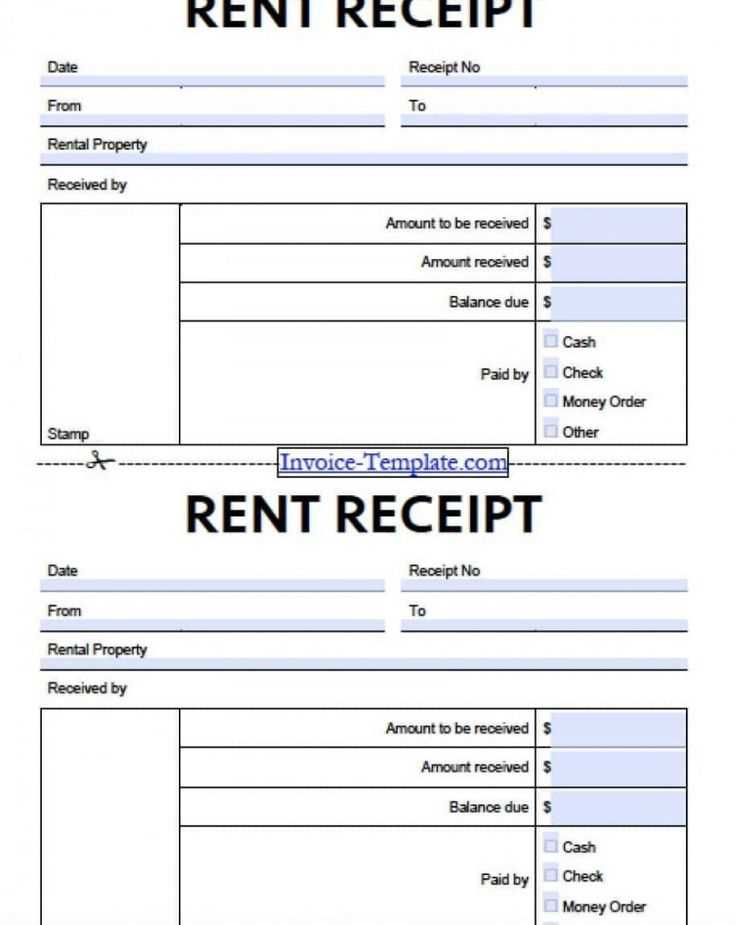
Rent Deposit ReceiptAnswer in chat instead
Rent Deposit Receipt Template
Key Legal Elements to Include in a Deposit Receipt
How to Format a Receipt for Clarity
Required Details for Tenant and Landlord Identification
Handling Partial vs. Full Deposit Payments in Receipts
Digital vs. Paper Receipts: Pros and Cons
Common Mistakes to Avoid When Issuing a Deposit Receipt

Key Legal Elements to Include in a Deposit Receipt
Include the full names and contact details of both tenant and landlord. Specify the exact amount received, payment method, and date of transaction. Clearly state the purpose of the deposit and conditions for its return. Mention relevant legal references, such as state-specific landlord-tenant laws, if applicable.
How to Format a Receipt for Clarity
Use a structured layout with distinct sections for tenant details, landlord information, payment specifics, and terms. Keep fonts legible, highlight key figures in bold, and avoid clutter. Ensure all amounts are numerically and textually represented to prevent misinterpretation.
Required Details for Tenant and Landlord Identification
Include full legal names, phone numbers, and addresses. If available, add email contacts for digital communication. Landlords should provide business or management company details if acting through an agency.
Handling Partial vs. Full Deposit Payments in Receipts

For partial payments, clearly state the amount received, the outstanding balance, and the due date for the remaining sum. Indicate whether future installments are subject to late fees or specific conditions. For full payments, confirm the total deposit amount and any applicable deductions in advance.
Digital vs. Paper Receipts: Pros and Cons

Digital receipts offer easy tracking, instant delivery, and automatic backups but may require secure storage for legal validity. Paper receipts provide a tangible record but risk being lost or damaged. Choose based on convenience and legal enforceability in your jurisdiction.
Common Mistakes to Avoid When Issuing a Deposit Receipt
Omitting signatures can invalidate a receipt. Vague descriptions of deposit terms may lead to disputes. Incorrect calculations or missing payment dates create confusion. Always review for accuracy and provide copies to all parties involved.


